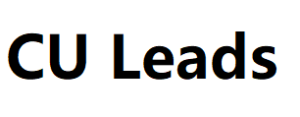Imagine a nanocrystal so minuscule that it behaves like an atom. Moungi G. Bawendi, Louis E. Brus and Alexei I. Ekimov have been awarded the 2023 Nobel Prize in Chemistry for discovering a category of such minute marvels. Now known as quantum dots, and for developing a precise method of synthesizing them. Quantum dots are already playing important roles in electronics and in biomedicine. Such as in drug delivery, imaging and medical diagnoses. And have more promising applications in the future. The Nobel Committee for Chemistry said in its announcement of the prize. Quantum dots, sometimes called artificial atoms, are precise nanocrystals made of silicon.
What are quantum dots
They are human-made nanoparticles so Phone Number List small that their properties are governed by quantum mechanics. Those properties include the emission of light. The wavelength of light they emit depends solely on the size of the particles. Electrons in larger particles have less energy and emit red light. Whereas electrons in smaller particles have more energy and emit blue light. Merrill Sherman/Quanta Magazine; source. The Royal Swedish Academy of Sciences Researchers can precisely determine. What color of light will emerge from the quantum dots simply by regulating their size. That offers a huge advantage over the use of other kinds of fluorescent molecules. For which a new type of molecule is needed for every distinct color.
How did Bawendi’s work make quantum dots practical
In 1993, Bawendi and his team at the CU Leads Massachusetts Institute of Technology developed a method to produce quantum dots more precisely. And with higher quality than previously possible. They found a way to grow the nanocrystals in an instant by injecting. Their chemical precursors into an extremely hot solvent. The researchers then immediately stopped the growth of the crystals. By lowering the temperature of the solvent, creating infinitesimal crystalline “seeds.” By slowly reheating the solution, they could regulate further growth of the nanocrystals. Their method produced crystals of a desired size reproducibly, and it was adaptable to different systems.








